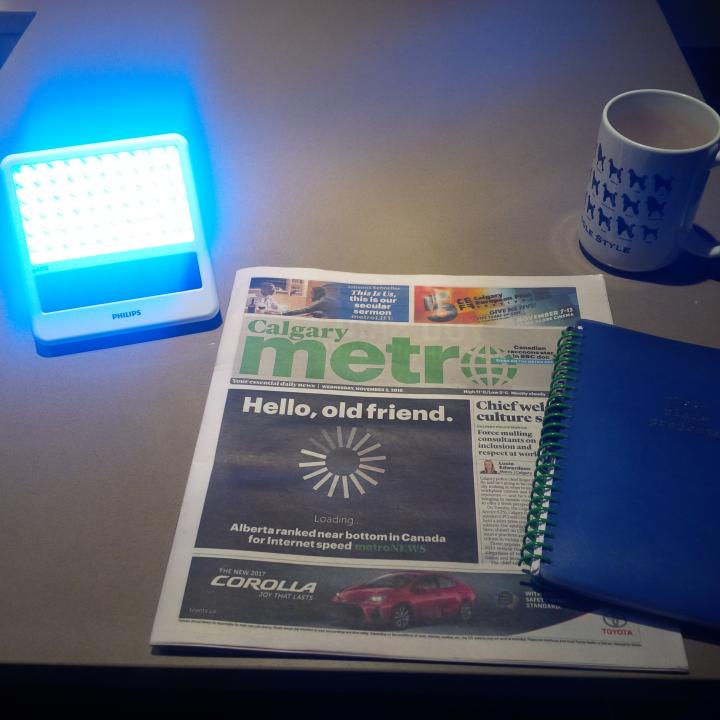
If you’re anything like me and you live in a northern climate, then this time of year when the days get shorter, life can feel more “difficult”. In other words, you might start to feel like you have less energy, are more irritable, and that your sleep patterns are disrupted. While many people attribute these signs to work- or school-related stress or other changes at home, what you might not realize is that you could be experiencing Seasonal Affective Disorder (SAD).
SAD is a subset of depression that is related to changes in the seasons. It typically begins in the fall (in locations north of the equator) when the days start to get shorter and it continues through the winter months. The causes of SAD are numerous and related to changes in the circadian rhythm, likely due to a disruption in serotonin and melatonin levels in the body.
If you’re a female or young adult, have a history of depression, or live far away from the equator, then you are more predisposed to experiencing SAD. Signs to look for include fatigue, problems getting along with others, hypersensitivity to rejection, heavy feelings in the arms and legs, over-sleeping, appetite changes (especially craving carbohydrates), and weight gain. The good news is that there are many treatments shown to decrease the signs of SAD.
Light therapy (phototherapy) is one of the most commonly used treatments and is most effective for people with fall-onset SAD. So-called “happy lights” emit a blue light that mimics the spectrum of wavelengths emitted during natural outdoor daylight. Exposure to phototherapy for 10-15 minutes each day helps to alter the brain chemicals that are released, which are directly linked to mood. The earlier in the season that you can begin to use your light the better, so any time now that the days are shorter is recommended.
I typically sit with my light (see picture) after I wake up in the morning while eating breakfast, checking email, or reading the newspaper. You do not have to sit and stare into the light, it should simply sit next to you on the counter and shine in the direction of your face. You can even bring it with you to work and put it next to your computer, as the only limitation to the use of phototherapy is that it should be avoided in the evening (after 6 PM) when we are gearing down and preparing for bed. Most lights cost approximately $100-200 and are available from your pharmacy or drugstore. I bought mine at Costco® a few years ago for about $100 as a seasonal item.
Sometimes people with more severe forms of SAD require medication to help them through it. Others might benefit from therapy sessions with a counselor, social worker, psychologist, or psychiatrist. If you have any questions or wonder if you might be experiencing SAD, please consult with your doctor for additional recommendations. More information about SAD can be found on the Mayo Clinic website.
Marie K. Holowaychuk, DVM, DACVECC is a small animal emergency and critical care specialist and certified yoga and meditation teacher who also has an invested interest in the health and well-being of veterinary professionals. She organizes Veterinary Wellness Workshops & Retreats for veterinarians, technicians, and other veterinary care providers. To sign up for newsletters containing information regarding these events and veterinary wellness topics, please click here. More information can be found at www.criticalcarevet.ca/wellness.